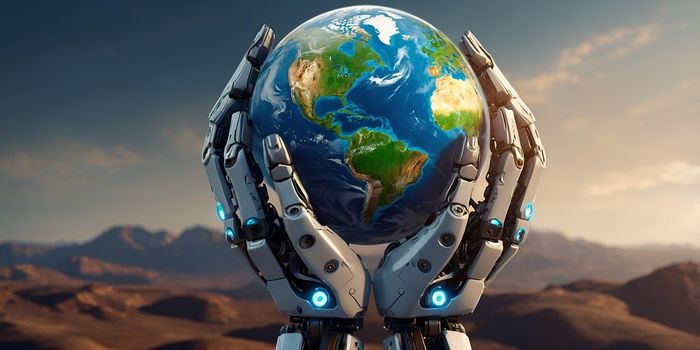A Bridge is About to Go Up By Way of 3D Printer
Most of the time when you think about bridge construction, you think about large construction crews, barges and cranes carrying heavy construction objects, and the extensive months of time put into building them and making them solid and safe.
But soon, technology will change everything; making everything faster than you ever thought possible.
A team of engineers is setting up to construct a bridge over an undisclosed water canal in Amsterdam. But this time, it won't be built with a massive construction crew and cranes. Instead, a robotic 3D printer and some skilled craftsmen will take care of all of the work necessary to make a usable bridge.

The project is being nicknamed the MX3D Bridge and is set to go up in September of this year. The 3D printer will make the bridge out of steel and the process by which it happens is jaw-droppingly cool.
Instead of a basic 3D printer, this project is actually utilizing a super awesome 6-axis robotic arm that welds together strands of molten metal in a fast-setting manner. You can see in the video below that it's much like drawing with steel in mid-air:
The lead designer behind the project, Joris Laarman, is excited to see what 3D printing technology can do on a larger-scale:
"I strongly believe in the future of digital production and local production, in ‘the new craft,'" Laarman says. "This bridge will show how 3D printing finally enters the world of large-scale, functional objects and sustainable materials while allowing unprecedented freedom of form. The symbolism of the bridge is a beautiful metaphor to connect the technology of the future with the old city, in a way that brings out the best of both worlds."
It has taken a lot of trial and error to get to this point, but the team has managed to make a robotic 3D printer capable of completing the job.
Starting with this small bridge project, it will be interesting to see how the robotic 3D printing industry will revolutionize the way construction is performed all around the world in the various settings the Earth has to offer.
It is at this time that we just have to ask, what isn't 3D printing capable of making?
Source: MX3D








